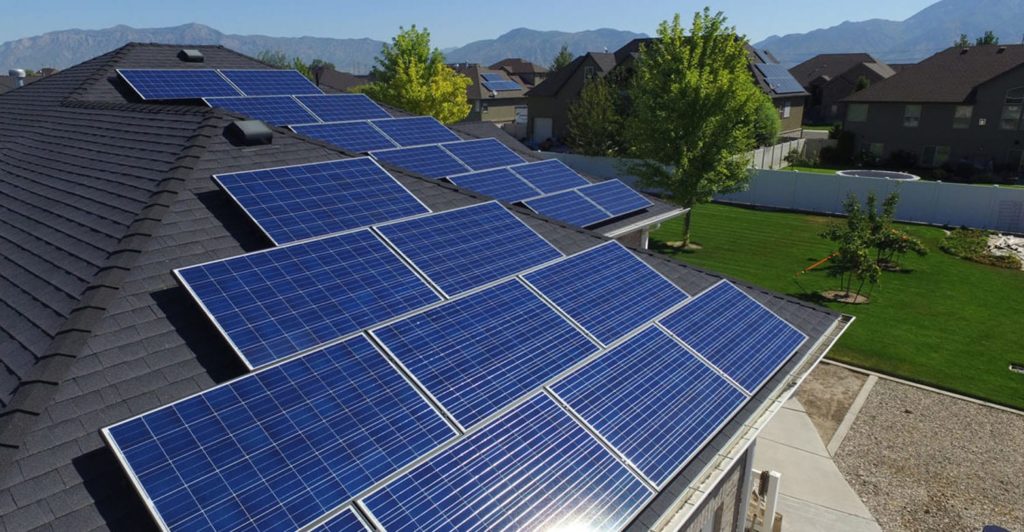Before you can connect solar panels to the grid, you’ll need to get permission from your local Authority Having Jurisdiction (AHJ). There are certain requirements your solar system needs to meet, such as having an isolation switch that cuts off power from the system to the grid in the event of a power outage. You may also be required to install a special electrical meter that can monitor the flow of electricity to and from the grid. The process of gaining approval will vary depending on what AHJ you are dealing with. If you are having your solar installed by a solar installation company, that company will take care of all the necessary permitting for you.

The interconnection agreement
One of the very first steps in building a grid-tied solar system is to contact your local utility to get an interconnection agreement. The process for obtaining that agreement can vary by the size of the system you intend to install. Some utilities may charge a fee for processing the interconnection agreement
The Authority Having Jurisdiction (AHJ)
In most cases, the AHJ in a community consists of city or county building inspectors, wiring inspectors, and zoning departments. The AHJ must approve of the plans that will be used to build the system prior to beginning construction. After the system has been built, the inspector(s) for the AHJ will inspect the new solar system to ensure that all local building codes have been complied with.
Standards a solar system must comply with for grid interconnection
The Institute for Electrical and Electronic Engineers (IEEE) provides technical requirements and tests to ensure that a grid-tied solar system will operate safely and reliably while connected to the grid. Those requirements and tests are spelled out in IEEE 1547-2018. The standard spells out requirements for the performance, operation, testing, and safety considerations for solar systems. Compliance with the standards listed in IEEE 1547-2018 will be required by the AHJ.
Components in the solar system including the inverter, converters, charge controllers, and output systems must meet the standards in Underwriter’s Laboratory (UL) 1741. That standard requires that inverters used in grid-tied solar systems comply with IEEE 1547. Lastly, the National Electric Code (NEC) sets standards for electrical equipment and wiring safety.
Insurance requirements and fees
To get an interconnection agreement with your local utility company, you may be required to provide liability protection insurance for your system. That insurance is often required by utilities to indemnify them from any potential damage, loss, or injury caused by your system.
You may have to pay permitting fees, engineering and inspection fees, and a fee to have a special electrical meter for your system. In many cases, along with these fees, there may be a lot of paperwork to do.
Freedom Forever does all the work for you
If you are installing with Freedom Forever, we do all the permitting and paperwork for you. We’ll ensure that your system meets all applicable requirements for interconnection to the grid. Additionally, you’ll get peace of mind with our 25-year production guarantee.
Freedom Forever guarantees that the solar system will produce the electricity promised with our 25-Year Production Guarantee. We will even pay you for any shortfall from our fault. We monitor your system for 25 years. If we detect that its performance is falling short, we’ll contact you and send someone out to fix it. If the shortfall is caused by something that is our fault, we will compensate you for the shortfall. The amount of compensation you receive will be listed in your contract with us.
